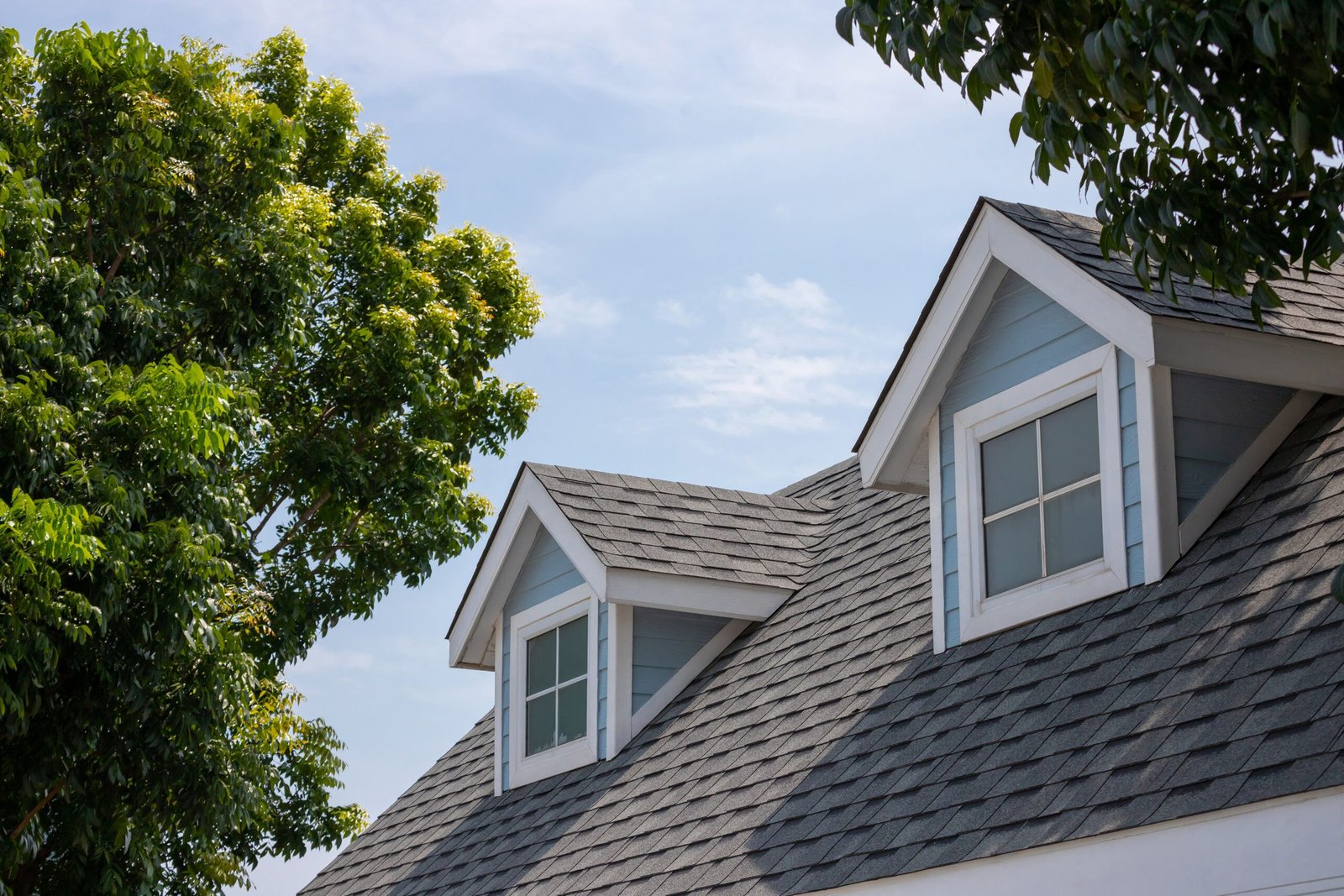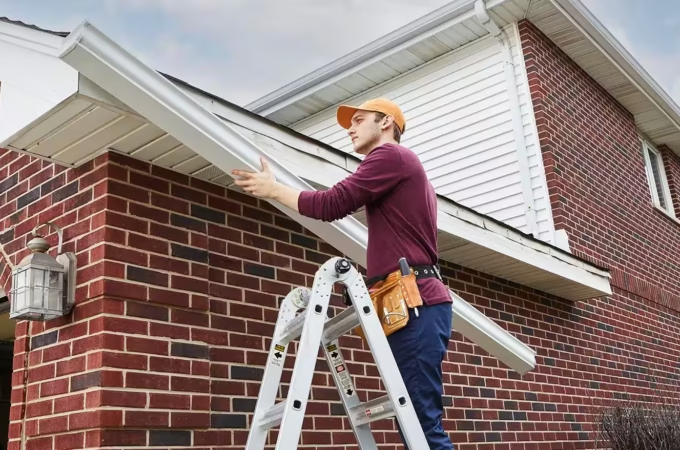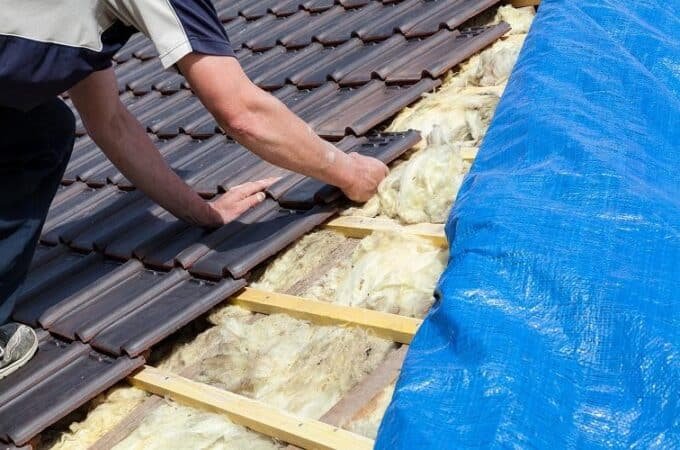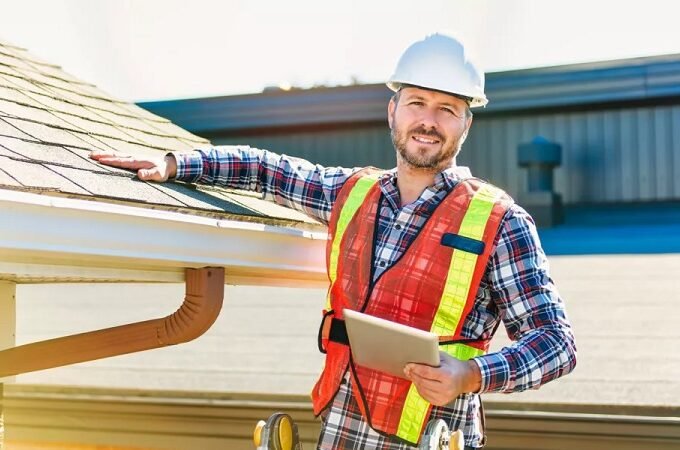
How to Prevent Common Roofing Problems Before They Start
A well-maintained roof is crucial for protecting your home from the elements and maintaining its structural integrity. However, many homeowners only address roofing issues after they arise, leading to costly repairs and potential damage to their property. By taking proactive measures to prevent common roofing problems before they start, homeowners can save time, money, and headaches in the long run. In this article, we’ll explore effective strategies for identifying potential issues, implementing preventive measures, and maintaining the health of your roof year-round.
Table of Contents
ToggleUnderstanding the Importance of Preventive Maintenance
Preventive maintenance is the key to avoiding costly roofing problems and extending the lifespan of your roof. By addressing minor issues before they escalate, you can prevent water damage, mold growth, structural deterioration, and other common roofing problems. Additionally, regular maintenance helps identify potential issues early on, allowing you to take corrective action before they become major concerns. Investing in preventive maintenance not only protects your home but also saves you money by avoiding expensive repairs down the road.
Identifying Common Roofing Problems
Before you can prevent roofing problems, it’s essential to understand the common issues that affect residential roofs. Some of the most common roofing problems include:
1. Leaks and Water Damage: Leaks can occur due to damaged shingles, cracked flashing, deteriorated seals, or clogged gutters. Water infiltration can lead to rot, mold growth, and structural damage if left unchecked.
2. Missing or Damaged Shingles: Missing or damaged shingles can compromise the integrity of your roof, allowing water to seep into the underlying layers and cause damage.
3. Poor Ventilation: Inadequate attic ventilation can lead to heat buildup, moisture accumulation, and premature deterioration of roofing materials.
4. Ice Dams: Ice dams form when snow melts and refreezes along the eaves of the roof, preventing proper drainage and causing water to back up under the shingles.
5. Clogged Gutters: Clogged gutters can prevent proper water drainage, leading to water damage, mold growth, and structural issues.
Implementing Preventive Measures
Now that you’re aware of the common roofing problems, let’s discuss preventive measures you can take to avoid them.
1. Schedule Regular Inspections: Regular roof inspections are essential for identifying potential issues early on. Schedule inspections at least twice a year, ideally in the spring and fall, to assess the condition of your roof and address any issues promptly.
2. Maintain Gutters and Downspouts: Keep your gutters and downspouts clean and free of debris to ensure proper water drainage. Consider installing gutter guards to prevent clogs and minimize maintenance requirements.
3. Trim Overhanging Branches: Trim overhanging branches and foliage to prevent them from coming into contact with your roof and causing damage.
4. Repair Damaged Shingles: Replace missing or damaged shingles promptly to prevent water infiltration and protect the underlying layers of your roof.
5. Ensure Proper Ventilation: Ensure that your attic is properly ventilated to prevent heat buildup and moisture accumulation. Install ridge vents, soffit vents, and attic fans as needed to promote airflow and prevent issues such as mold growth and ice dams.
6. Insulate Your Attic: Proper attic insulation helps regulate temperature and humidity levels, reducing the risk of moisture-related problems and extending the lifespan of your roof.
7. Monitor Interior Signs of Damage: Keep an eye out for interior signs of roof damage, such as water stains on ceilings or walls, sagging areas, or mold growth. Address any issues promptly to prevent further damage.
Maintaining Your Roof Year-Round
In addition to implementing preventive measures, it’s essential to maintain your roof year-round to ensure its long-term health and performance.
1. Clean Your Roof: Periodically clean your roof to remove debris, moss, algae, and other organic matter that can promote water retention and accelerate deterioration.
2. Remove Snow and Ice: Use a roof rake or snow removal tool to safely remove snow and ice buildup from your roof, especially along the eaves where ice dams are prone to form.
3. Check Flashing and Seals: Inspect flashing around chimneys, vents, and skylights, as well as seals around pipes and vents, for signs of damage or deterioration. Repair or replace any damaged components to prevent water infiltration.
4. Address Storm Damage Promptly: After severe weather events, such as storms or high winds, inspect your roof for signs of damage, such as missing shingles, dents, or cracks. Address any issues promptly to prevent further damage.
5. Hire Professional Roofing Services: Consider hiring professional roofing services for periodic inspections, maintenance, and repairs. Experienced roofing contractors can identify potential issues and implement preventive measures to protect your roof.
Conclusion
Preventing common roofing problems requires a proactive approach that includes regular inspections, maintenance, and timely repairs. By understanding the common issues that affect residential roofs and implementing preventive measures, homeowners can protect their homes from water damage, mold growth, structural deterioration, and other costly problems. Investing in preventive maintenance not only extends the lifespan of your roof but also provides peace of mind knowing that your home is well-protected against the elements. With these strategies in place, you can enjoy a sturdy and reliable roof for years to come. Considering the diverse weather conditions in the region, homeowners in Tampa, FL can proactively protect their properties by implementing preventive measures outlined in the article, ensuring the resilience and longevity of their roofing Tampa, FL.






